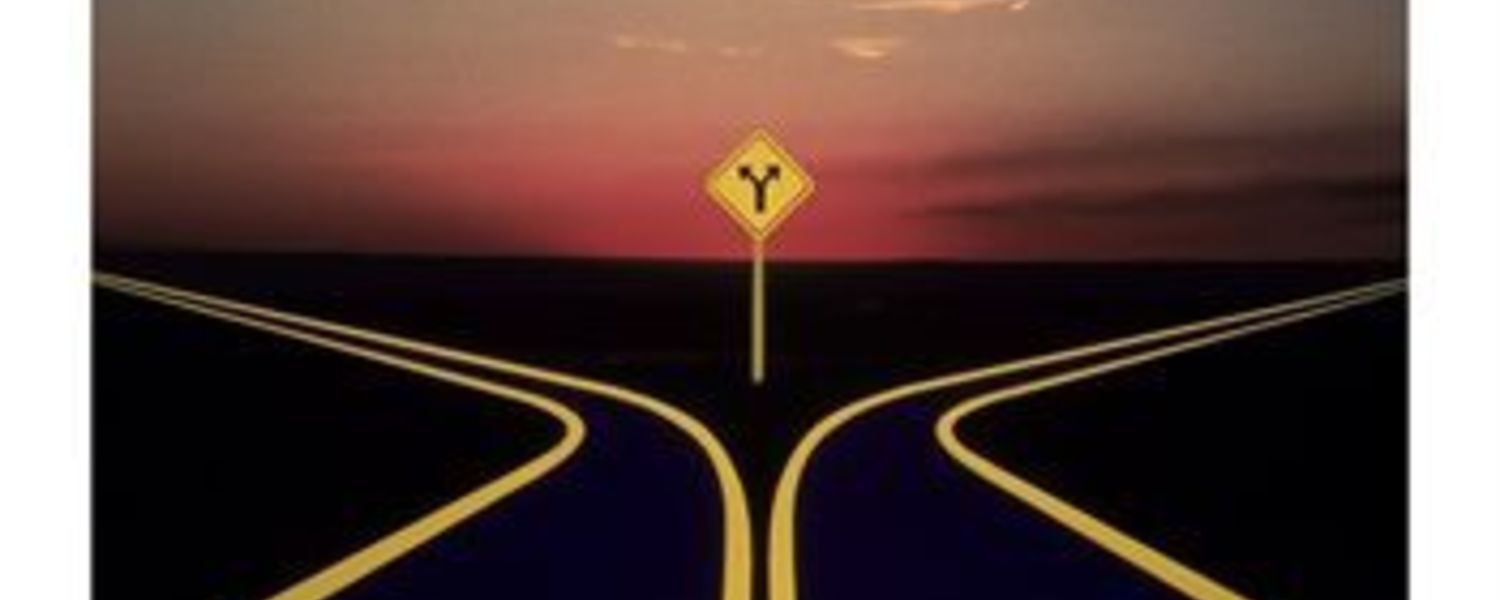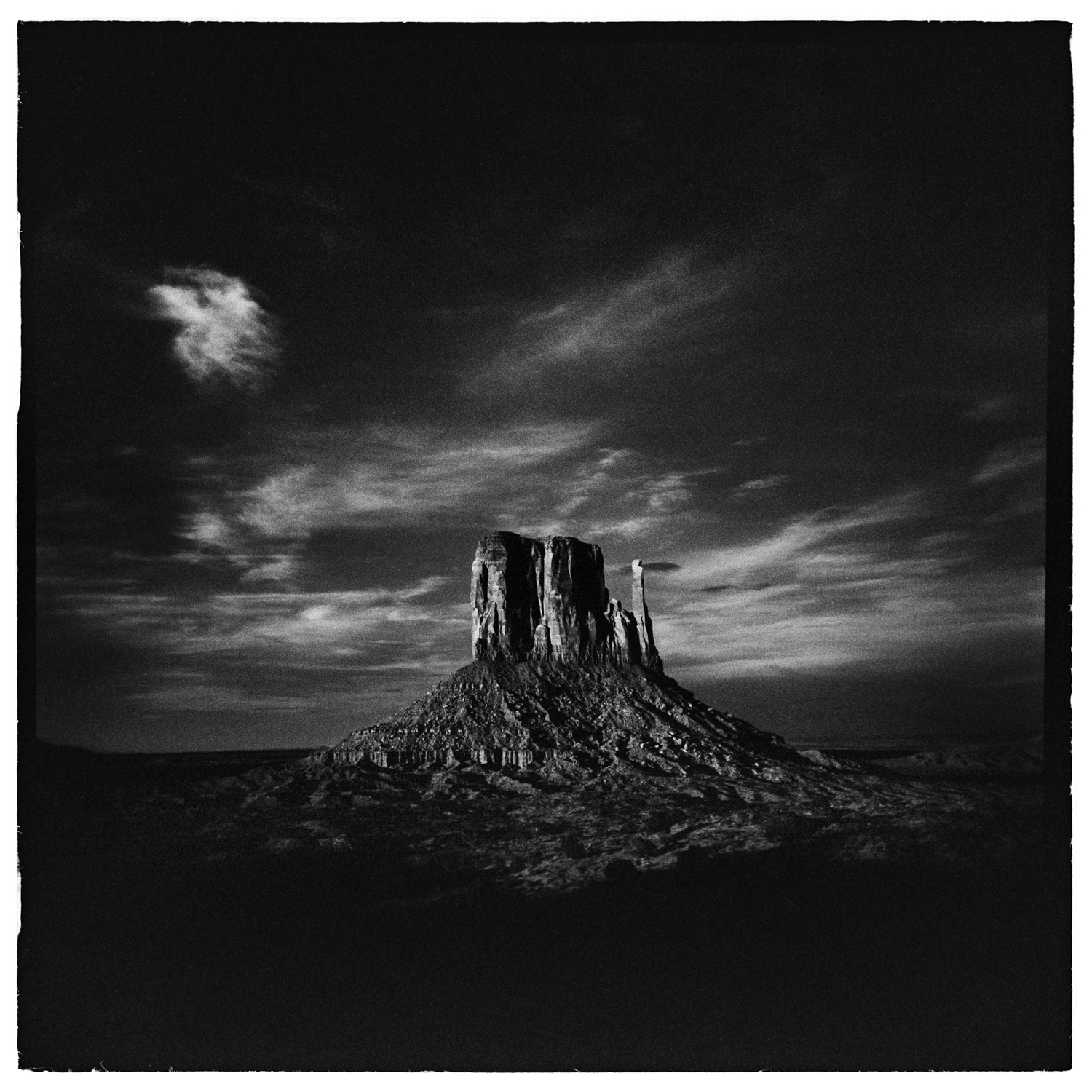
This is the psychological explanation not just for driver’s frustration, but for a whole host of eponymous laws related to frustration such as Murphy’s law - “If anything can go wrong, it will” - and my favorite, “Fetridge’s law,” which states that “important things that are supposed to happen do not happen, especially when people are looking.” This last one affects the parents of little children quite a lot! This feeling is reinforced every time this happens, as it will from time to time by chance, and these incidents just “confirm” our suspicions that the world is stacked against us. It colors our outlook disproportionately, and we start to feel that we always take the busier road. But if we are stuck in traffic on a crowded road, we do have a strong emotional reaction, and we remember the incident much more vividly. We normally expect to have a smooth ride, so if the traffic is obliging, we don’t react emotionally - it’s what we expected all along. Perhaps, but psychologists point to different explanations - the effect of emotional arousal on memory, followed by confirmation bias. Can this really be the cause of road-choice frustration?
The road not taken black and white drivers#
And because there are more cars, you and other drivers are more likely to be among them. There are a significant number of extra cars on one of the roads, just by chance, even if the probability of taking either road is the same.

The exact number is not important - this problem introduces the neat puzzle that follows. It’s not an easy calculation, and if you can’t do it, make a guess. How many more of the 200 cars end up on the more crowded road? ( Update: The solution is now available here.) Assume that there are no other cars on the road. Let us say the drivers of 200 cars independently and randomly make their choice between these two roads with a 50 percent probability of choosing a given road. Question 1: If I want to drive from my home in Connecticut to the Quanta Magazine offices in New York, I have two perfectly good roads to follow: the interstate highway I-95, or the picturesque Merritt Parkway. How large is this effect? Let’s find out in our first problem.

It’s a simple idea: The busier road has more drivers on it, so if you sample a bunch of drivers randomly, more of them will be from the more crowded road. The mathematical or statistical explanation is called selection bias. Why does the road not taken always seem less crowded? Why is this frustration so universal? It’s a puzzle both mathematics and psychology claim to explain, so let’s explore it with some puzzles of our own. Almost invariably, I find myself on the road more crowded, doomed to fritter away precious time while the cars on the other side whiz by - or so it seems. Every time I drive, I look for the road or lane less traveled. On the road, I always try to follow the example of Robert Frost, and I am sure you do too.


 0 kommentar(er)
0 kommentar(er)
